Search Results
Search
Filter results
Advanced Filters
Your search returned 43 Solutions
-
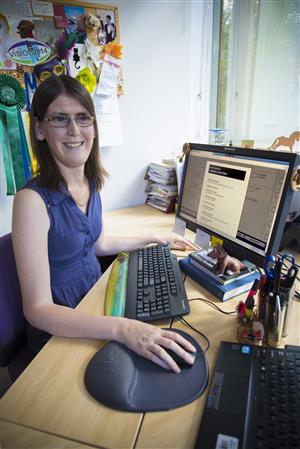
A web-based platform allowing people with disabilities to vote remotely and on their own
Scytl developed the iVote Core Voting System for New South Wales, Australia. By using a web-based platform or via a phone using the keypad blind voters and people with disabilities to vote online. Around 286,000 voters used the system in 2015, and it has been replicated in Western Australia as of 2017.
Scytl, iVote programme, Australia -
Improving access to electoral events
In 2014, New Zealand’s Electoral Commission finalized "Access 2020". This strategy takes the improvements made over the past electoral cycles and embeds them into a longer-term framework. In addition, it provides information and resources in accessible formats and maintains relationships with the disability sector.
Electoral Commission of New Zealand, ACCESS 2020 DISABILITY STRATEGY, New Zealand -

An affordable tool to make ballot papers accessible to the blind
The UBT is a voting aid made of plastic into which a ballot paper is inserted. The right front of the template has a flap that has cut-out windows numbered in braille and in large, raised white print. Each window aligns to a particular candidate or party. The UBT has been continuously used in by-elections since June 2011.
Electoral Commission of South Africa, South Africa -
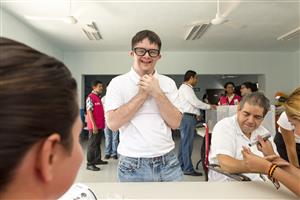
New guidelines are making Mexican elections accessible
The "Protocol for the Inclusion of People with Disabilities" is a binding national protocol. It contains requirements and guidelines for the availability of Braille ballots, improved physical access for people with mobility impairments, hospital polling stations as well as the reduction of both informative and communicative barriers.
Mexican National Electoral Institute, Mexico -
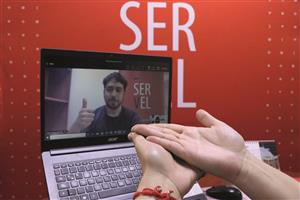
Sign language video support for the electoral participation of people with hearing disabilities
In 2021 the National Electoral Service SERVEL, which is responsible for conducting elections and voting in Chile, introduced a permanent video interpretation service in Chilean sign language on its website to support voter participation by people with hearing disabilities. In the same year 340 people used this service.
SERVEL - Electoral Service of Chile, The Sign Language Video Interpretation Service of SERVEL, Chile -
Increasing political participation through targeted lobbying on many levels
Measures focus on engaging with election stakeholders, but also include lobbying political contestants, holding public debates, and promoting media coverage. Successes include the involvement of people with disabilities by the Electoral Commission and the introduction of tactile ballot papers.
FEDOMA - Federation of Disability Organizations in Malawi, Malawi -
An Accessibility Programme for Electoral Processes
To make elections more accessible, the programme includes measures such as by placing electoral wards in accessible buildings, providing electoral staff that can communicate in sign-language, electronic voting machines accessible for blind voters, and saving the parking spots closer to the voting facilities for persons with disabilities.
Superior Electoral Court of Brazil, Electoral Justice Accessibility Programme, Brazil -
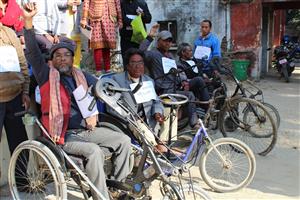
Engaging persons with disabilities in all levels of politics
DEC-N conducts regular dialogue with political parties and local public and non-government bodies to encourage inclusive policies, and an organizational taskforce supports voter registering and participation. Since 2012, some 200 people with disabilities have participated in local planning, 1,055 have registered to vote.
DEC-Nepal - Disable Empowerment and Communication Center, Nepal -
Guidelines for accessible elections in Europe
The outcomes of the ADAP project include developing recommendations for accessible elections in Europe – in both regular and easy-to-read versions in 21 languages – covering legislation, accessible information, support for decision-making etc. as well as collection of good practices from 27 European countries (in 3 languages).
Inclusion Europe, France -
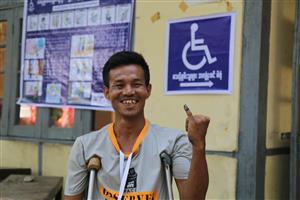
A step-by-step toolkit to monitor voter participation
IFES developed a methodology whereby people with disabilities and their organizations are trained as official observers and use checklists to collect data on access to the electoral process. As of 2018, 13 countries had employed the IFES’s methodology, resulting in the formation of a free-to-download Election Access Observation Toolkit.
IFES - International Foundation for Electoral Systems, Election Access Observation Toolkit, Indonesia